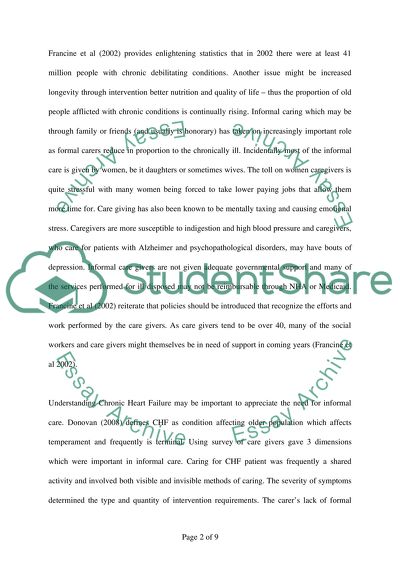Cite this document
(Critique of the Complex Nature of Informal Care in Home-Based Heart Literature review, n.d.)
Critique of the Complex Nature of Informal Care in Home-Based Heart Literature review. Retrieved from https://studentshare.org/nursing/1513208-informal-care
Critique of the Complex Nature of Informal Care in Home-Based Heart Literature review. Retrieved from https://studentshare.org/nursing/1513208-informal-care
(Critique of the Complex Nature of Informal Care in Home-Based Heart Literature Review)
Critique of the Complex Nature of Informal Care in Home-Based Heart Literature Review. https://studentshare.org/nursing/1513208-informal-care.
Critique of the Complex Nature of Informal Care in Home-Based Heart Literature Review. https://studentshare.org/nursing/1513208-informal-care.
“Critique of the Complex Nature of Informal Care in Home-Based Heart Literature Review”, n.d. https://studentshare.org/nursing/1513208-informal-care.


